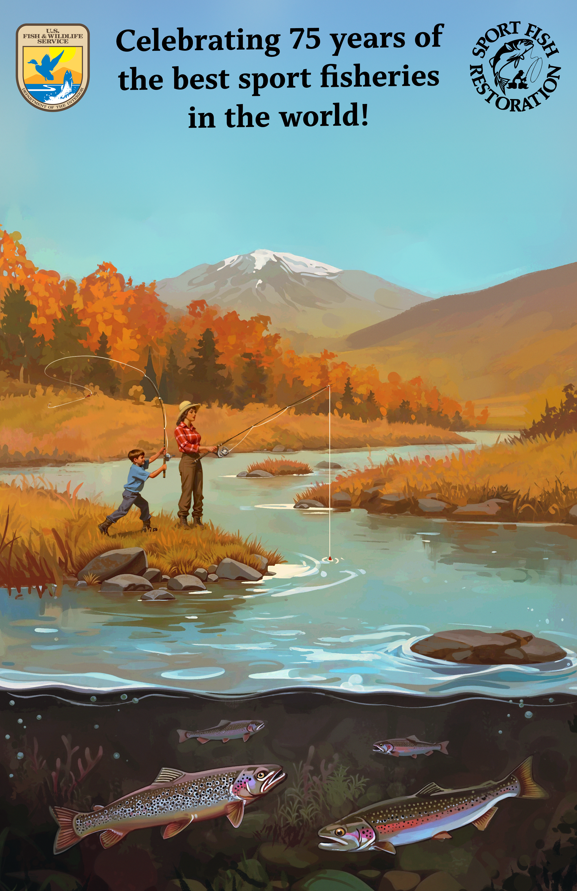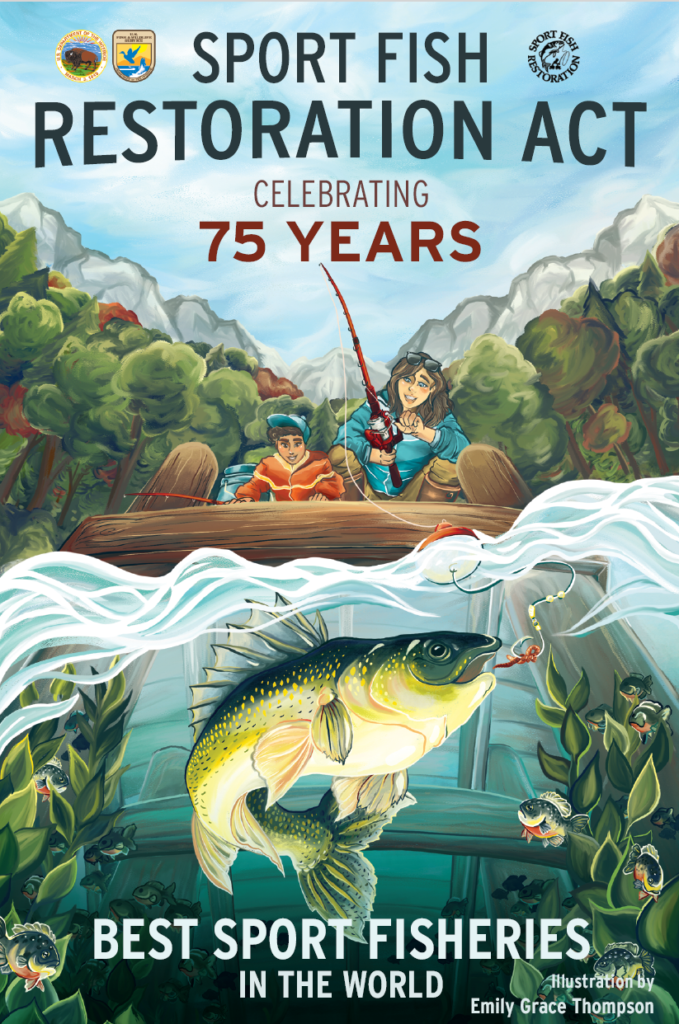Sport Fish Restoration at 75
Sport Fish Restoration is . . .

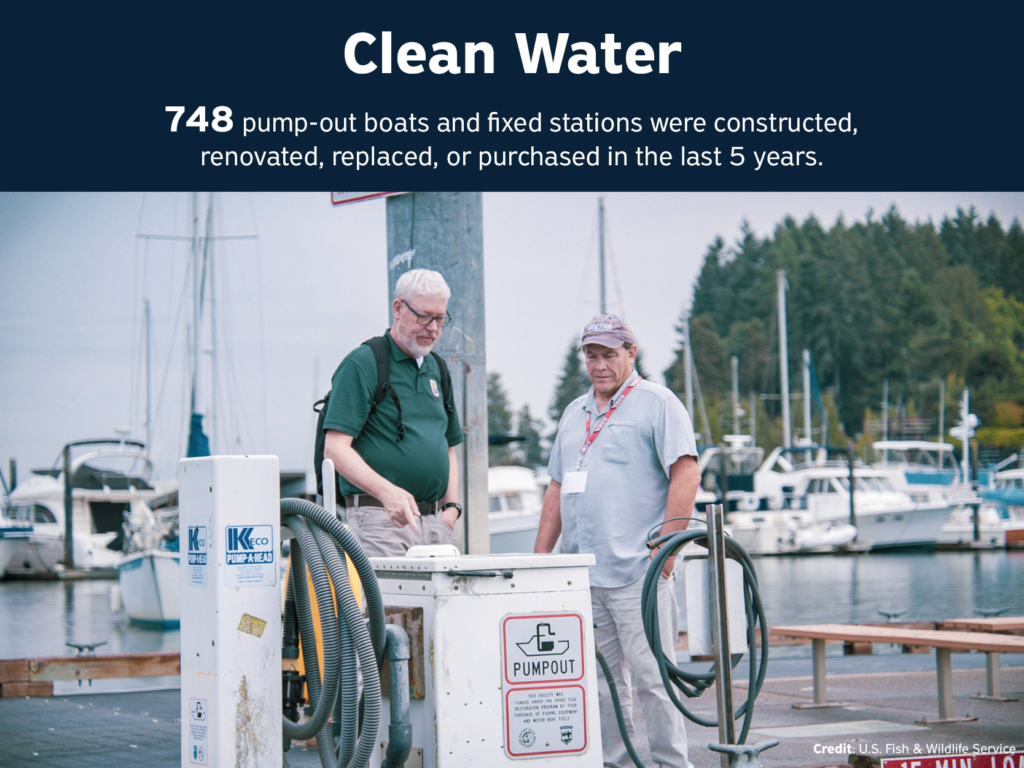


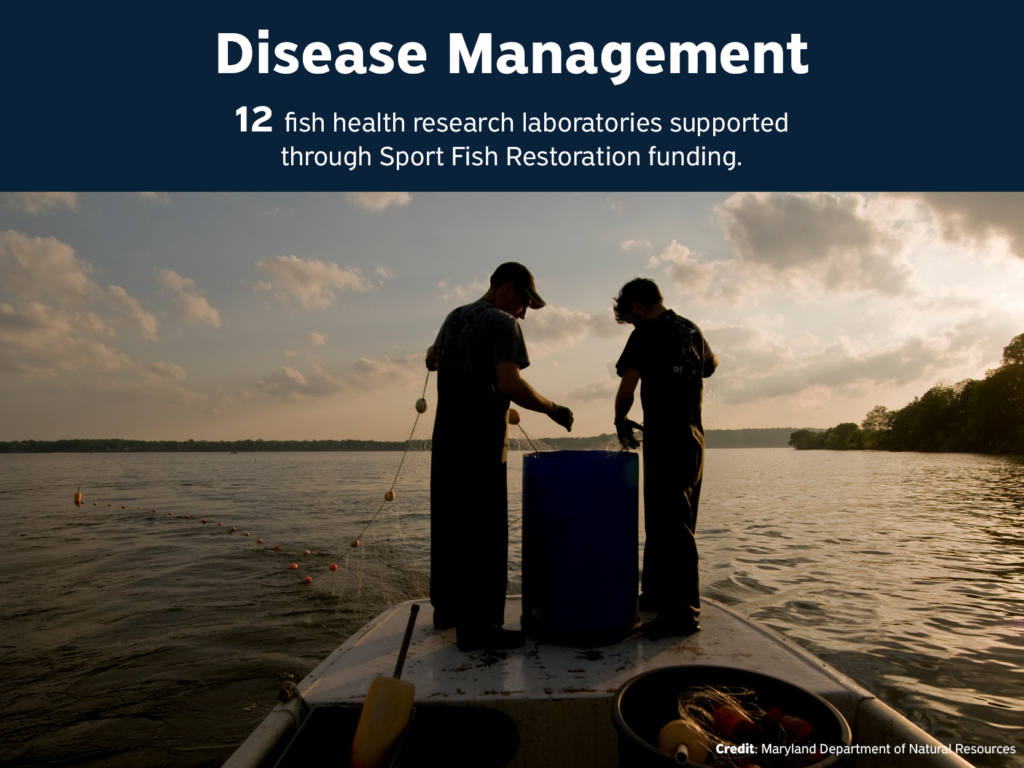
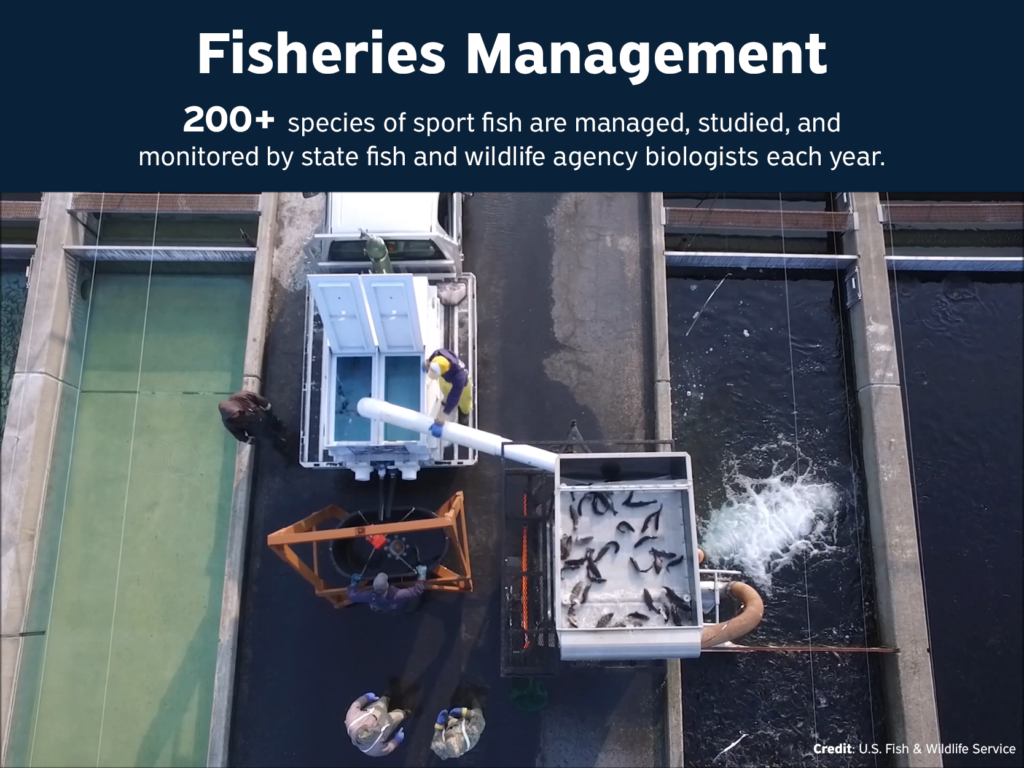
As we commemorate this significant milestone—75 years—we honor the vital contributions of everyone involved—the workers building rods and lures; the fisheries biologist hauling in nets and collecting data; and the accountants who ensure fiscal fidelity. Sport Fish Restoration stands as a testament to the effectiveness of these collaborations in restoring and preserving our fisheries for the enjoyment of all. Join us in celebrating the power of community-driven conservation that has shaped the legacy of the Sport Fish Restoration.
Celebrating 75 Years of the Sport Fish Restoration Act
For 75 years, the Sport Fish Restoration Act has delivered public access to America’s waterways, extraordinary angling opportunities, boating safety, fish habitat management, fish population management and research, and clean water. This act has been cornerstone in ensuring that America’s sport fish populations and aquatic habitats are healthy while providing angling opportunities for the American public.
Check out more videos about Sport Fish Restoration below:
SFR75 Playlist
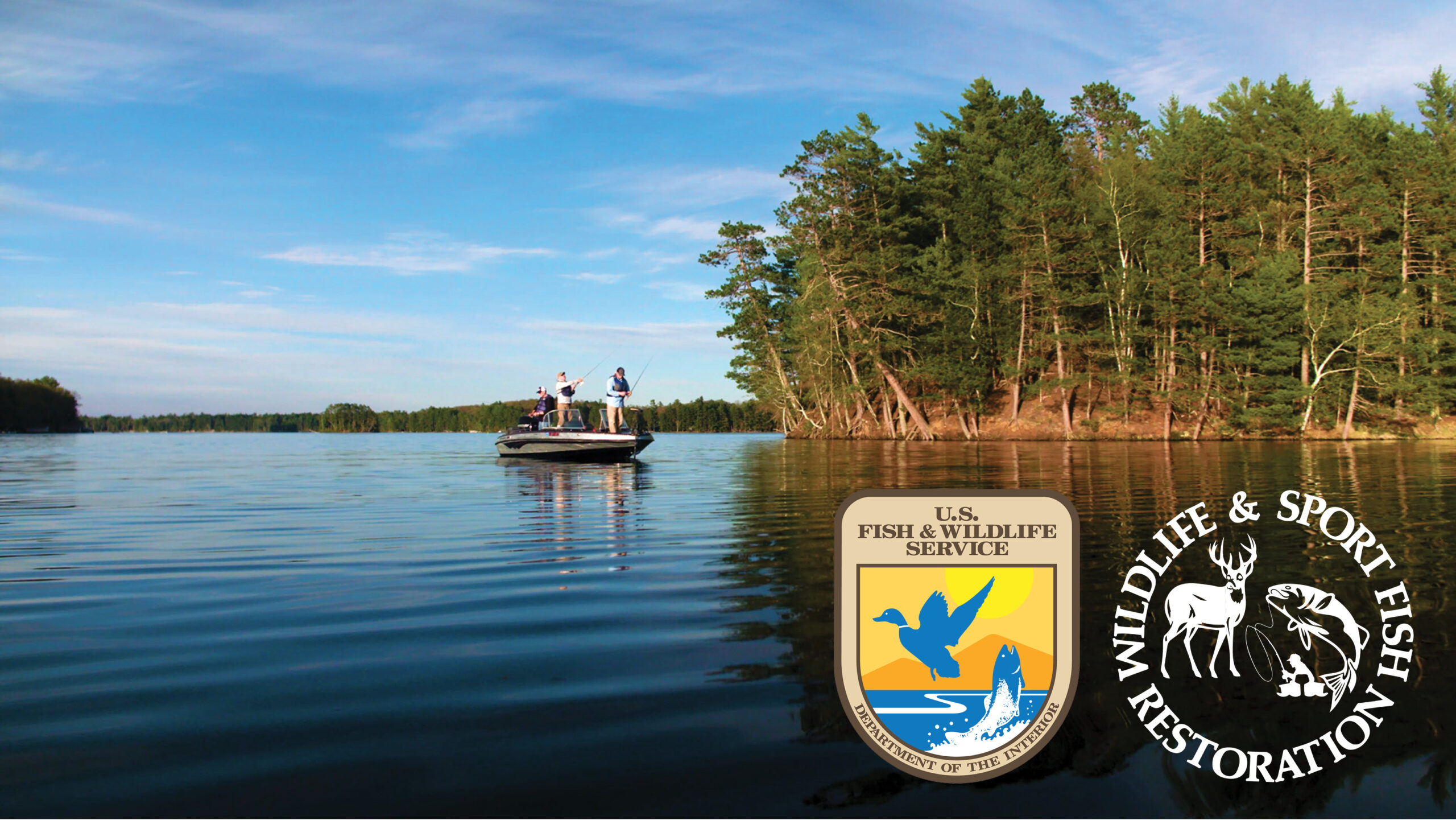
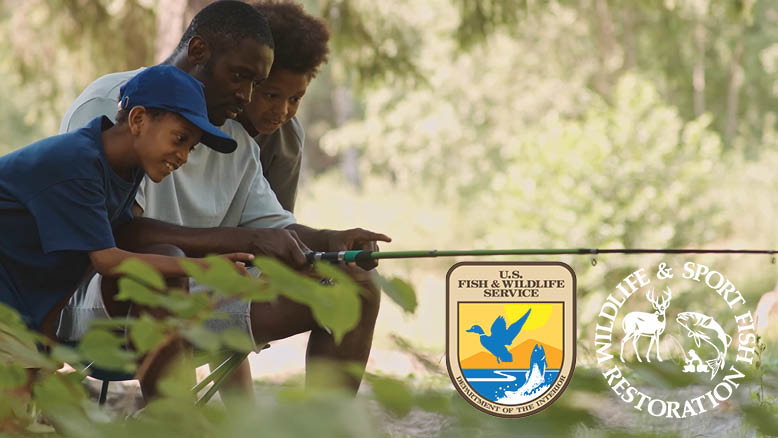

1:31
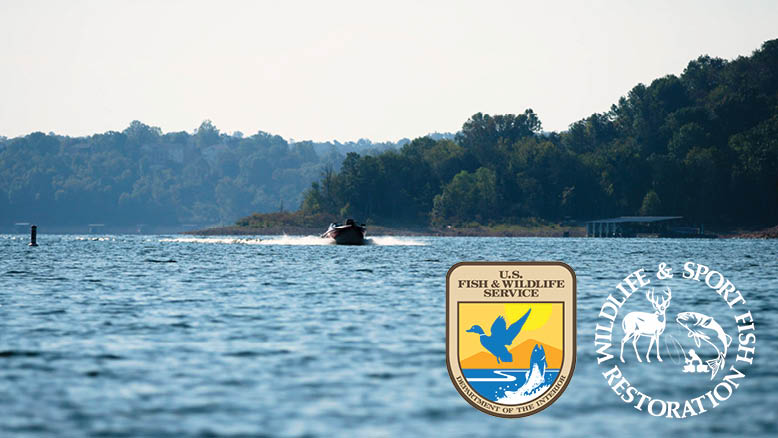
2:54

2:17

3:03

5:05

A REEL SUCCESS: Sport Fish Restoration Celebrates its 75th Year
A one-page resource celebrating the Sport Fish Restoration Act turning 75. It is a cornerstone of America’s conservation heritage — and a promise for its future. This landmark legislation has ensured that the fish we catch and the waters we cherish stay healthy, sustainable, and accessible to everyone.
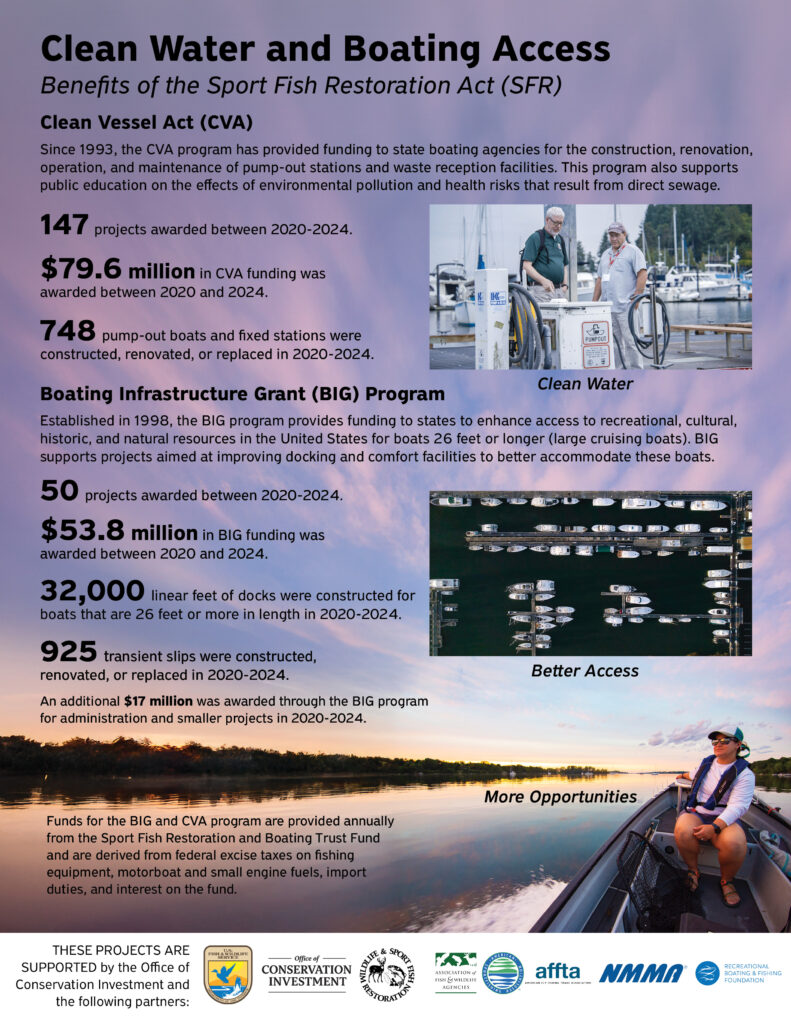
Clean Water and Boating Access: Benefits of the Sport Fish Restoration Act (SFR)
A one-page resource highlighting the critical role of the Sport Fish Restoration Act in supporting clean water efforts and improving boating access. Discover how programs like Boating Infrastructure Grants and Clean Vessel Act fund essential infrastructure, reduce environmental pollution, and enhance recreational boating experiences across the United States.
Sport Fish Restoration 75th Anniversary Posters:
In The News...

Angling, Education, News

Angling, Firearms & Ammunition

Angling, Research







